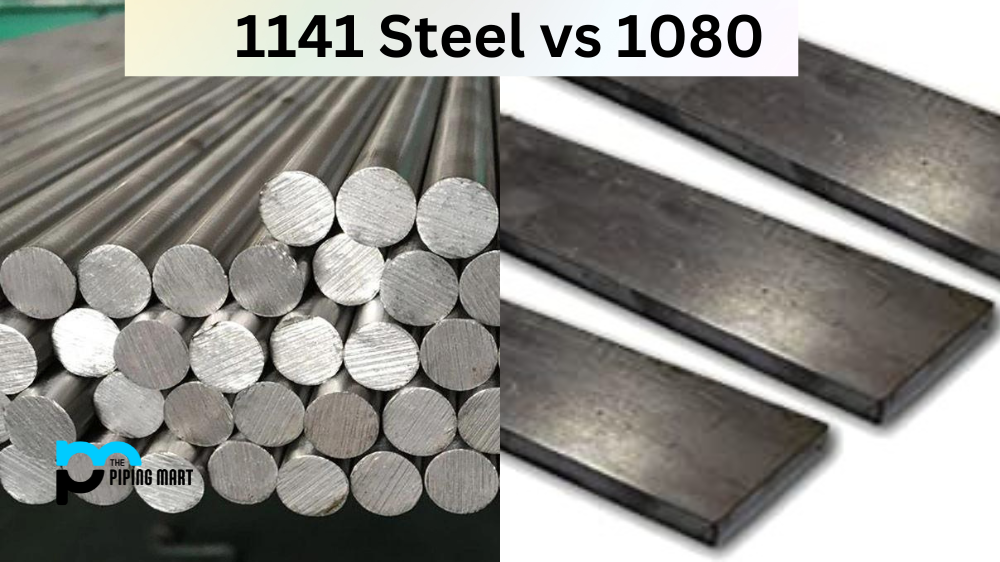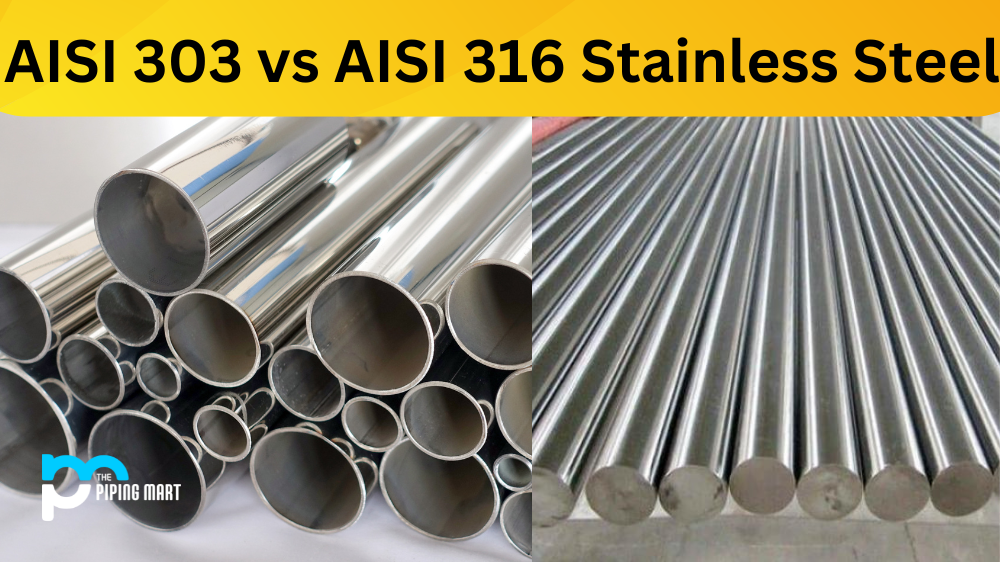Steel is one of the most commonly used materials across various industries. Its strength, durability, and corrosion resistance make it popular for many applications. However, not all steel is created equal. Two types of steel that often get compared are 1141 steel and 1080 steel. This blog post’ll dive into the differences and help you determine which steel is better for your needs.
What is 1141 steel?
1141 steel is a high-strength, low-alloy steel with elements such as manganese, sulfur, and phosphorus to improve its mechanical properties. It is commonly used in axles, bolts, and bushings because of its high machinability and strength. This steel can also be induction hardened, which makes it even more durable. The downside to using 1141 steel is that it can be difficult to weld due to its high sulfur content.
What is 1080 Steel?
1080 steel is a high-carbon steel commonly used in knives, swords, and other bladed tools. It is known for its hardness and ability to hold a sharp edge. This type of steel has a carbon content of 0.8%, making it tough and resilient. One downside of using 1080 steel is that it can be difficult to work with due to its high carbon content.
Difference Between 1141 Steel and 1080
Physical Properties
When comparing the physical properties of 1141 steel and 1080 steel, there are some key differences to consider. 1141 steel has a tensile strength of 100,000 psi and a yield strength of 91,000 psi. In comparison, 1080 steel has a tensile strength of 81,200 psi and yield strength of 63,000 psi. 1141 steel also has a higher elongation at break than 1080 steel, which can deform more before breaking.
Applications
The applications for 1141 steel and 1080 steel differ based on their properties. 1141 Steel is commonly used in high-stress applications like axles and bolts where strength and durability are important. 1080 steel is ideal for bladed tools like knives and swords where a sharp edge and toughness are necessary.
Conclusion
Both 1141 steel and 1080 steel have unique properties that make them appropriate for different applications. If you need high-strength, low-alloy steel with good machinability, then 1141 steel may be the better choice. However, if you require high-carbon steel with an exceptional ability to hold a sharp edge, then 1080 steel is the way to go. Ultimately, the choice between these two types of steel depends on the requirements of your specific application. By understanding their properties, you can make an informed decision on which one to use.

Pipingmart is a B2B portal that specializes in metal, industrial and piping items. Additionally, we share the latest information and information about materials, products and various types of grades to assist businesses that are involved in this business.




